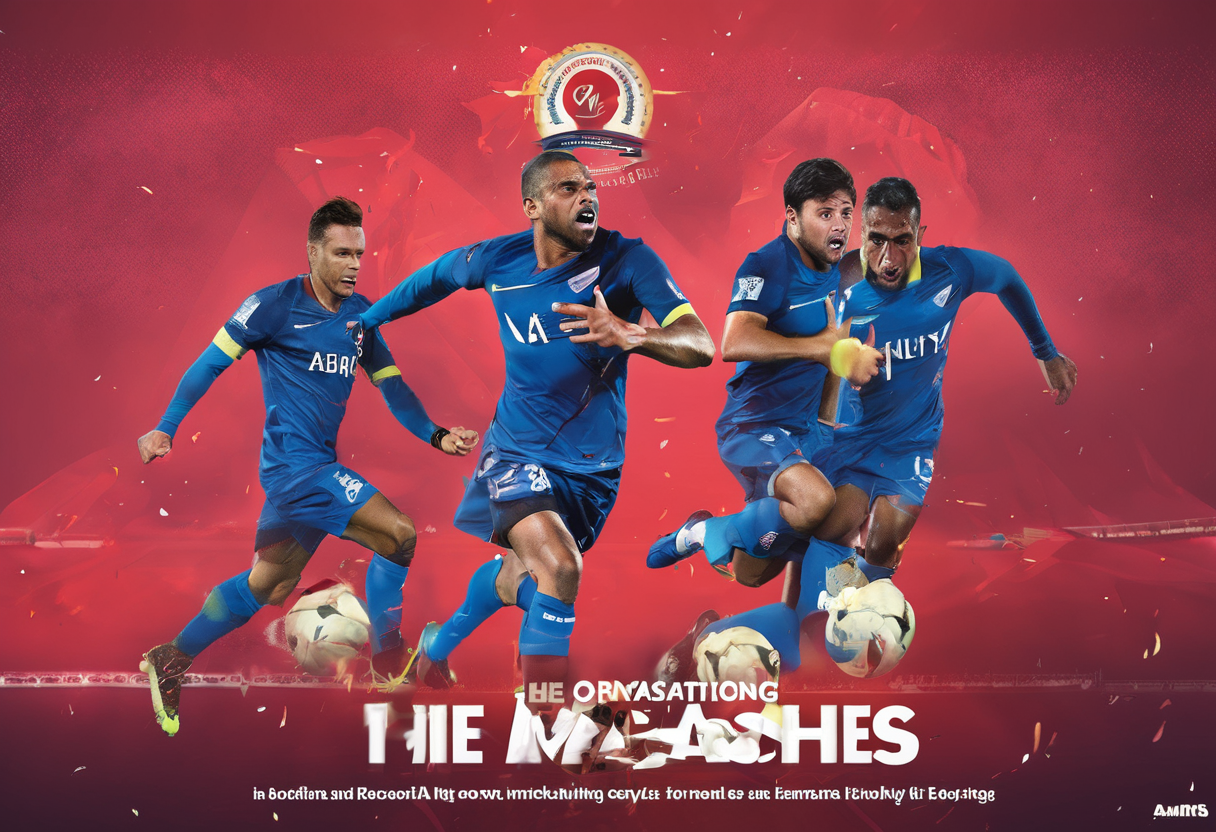The intense competition in a tournament requires teams to have a strong and well-planned strategy in order to succeed. Throughout the course of the tournament, many teams employ various tactics to outsmart their opponents and secure a win. These strategies and tactics are constantly evolving and adapting, making it an interesting aspect to analyze and learn from.
One of the most common strategies used by teams in a tournament is the “play to your strengths” approach. This means that teams focus on their strongest players and maneuvers, rather than trying to replicate their opponent’s style. This tactic allows teams to capitalize on their own unique strengths and create an unpredictable gameplay that can throw off their opponents.
Another popular tactic is to scout and study the opponent’s gameplay. By analyzing their opponent’s past games and techniques, a team can anticipate their moves and thereby prepare a counter-strategy. This not only helps in creating a game plan that nullifies the opponent’s strengths, but also exposes any weaknesses that can be exploited.
Some teams also rely on psychological tactics to gain an edge over their opponents. This can include trash talking, strategic pauses, or intense body language that can affect the mental state of their opponents and throw them off their game. However, this tactic can also backfire and create a negative image for the team, so it must be used with caution.
In addition to these strategies and tactics, teamwork and communication also play a crucial role in a team’s success in a tournament. Without effective communication and coordination, even the best strategies can fall apart. It is important for teams to constantly work on their chemistry and trust each other’s decisions on the field.
In conclusion, the strategies and tactics employed by teams in a tournament are a vital aspect of their performance. From playing to one’s strengths to studying and reacting to the opponent’s gameplay, these techniques constantly evolve and shape the dynamics of a tournament. By understanding and analyzing these strategies, both players and spectators can gain valuable insights on the art of competition.



